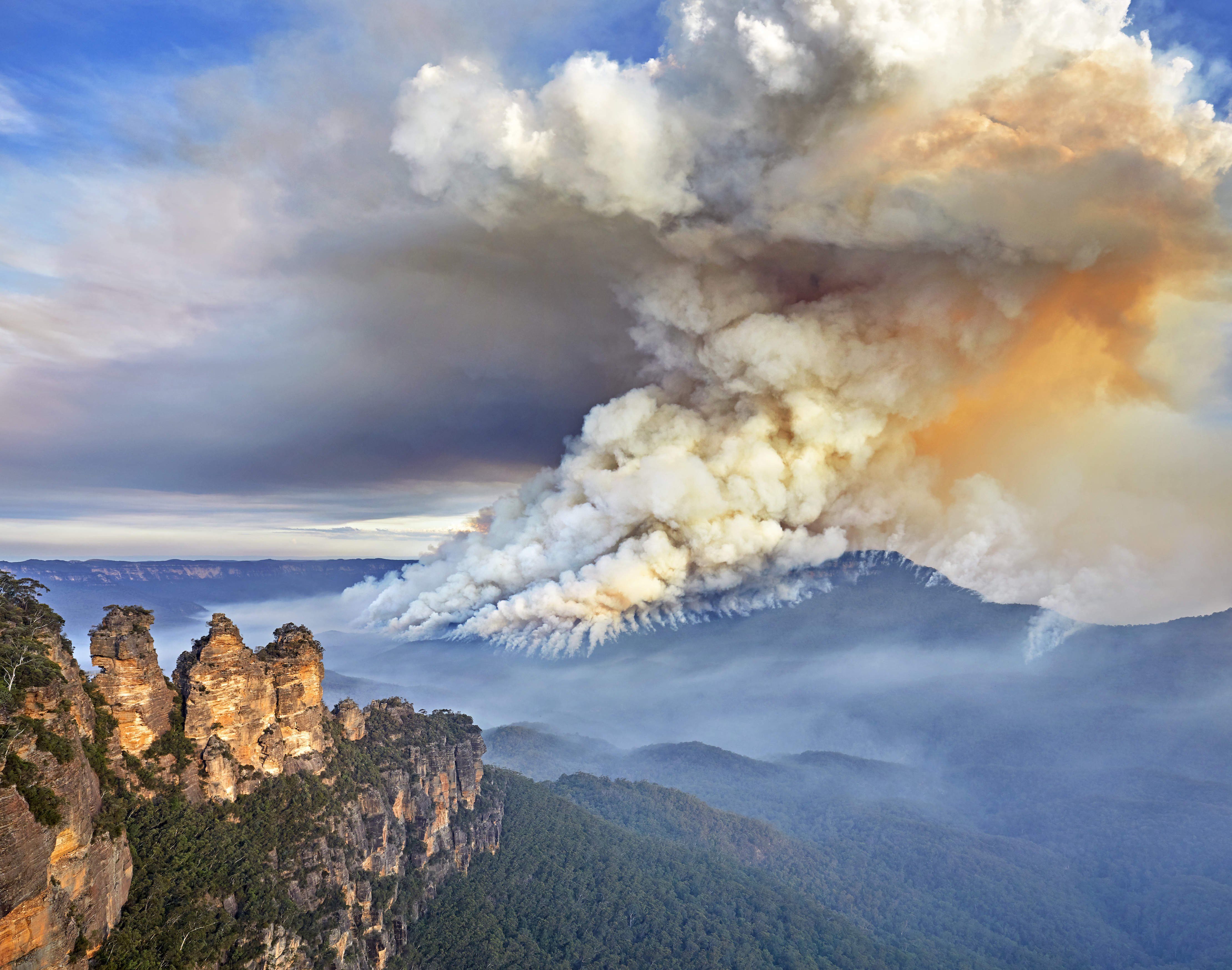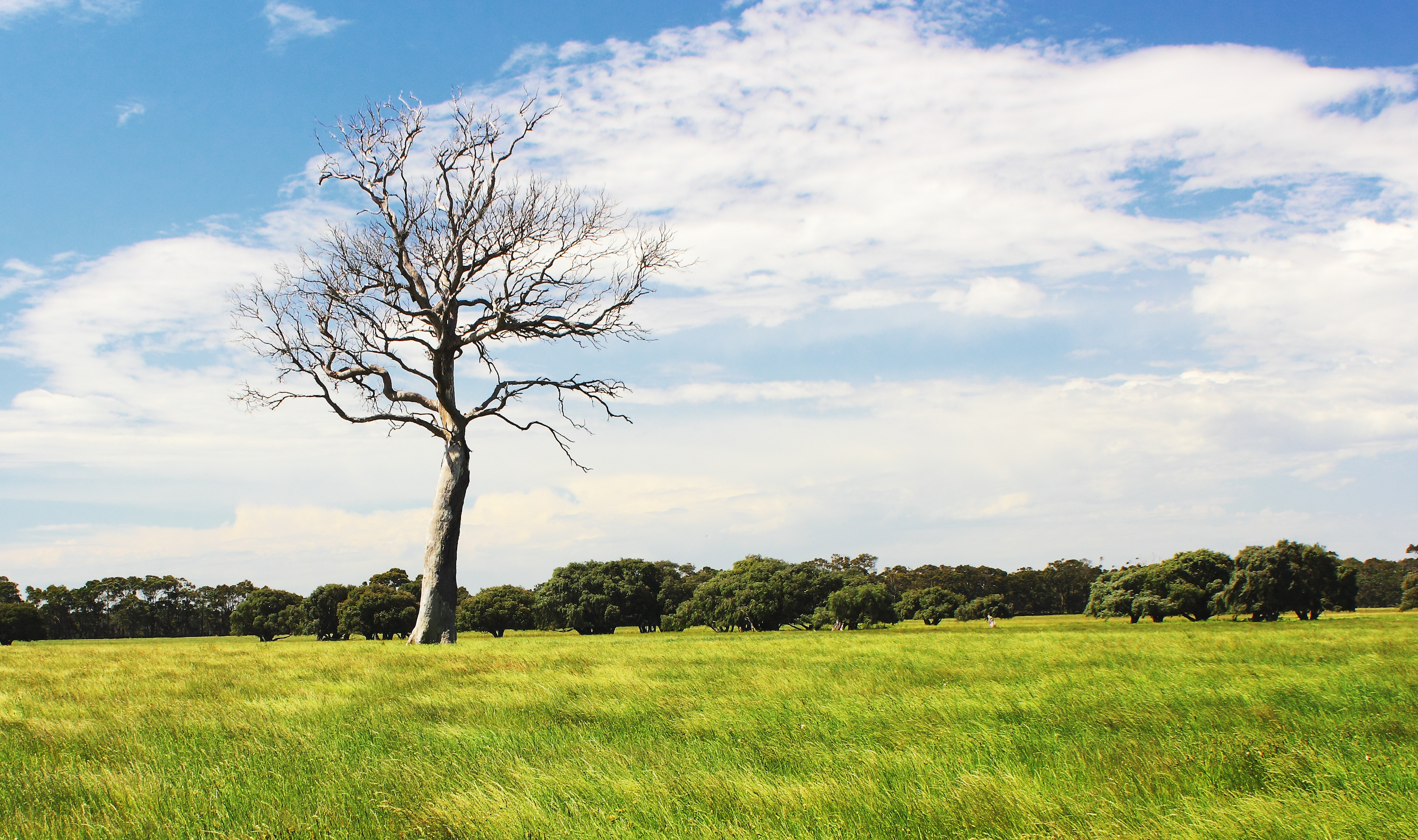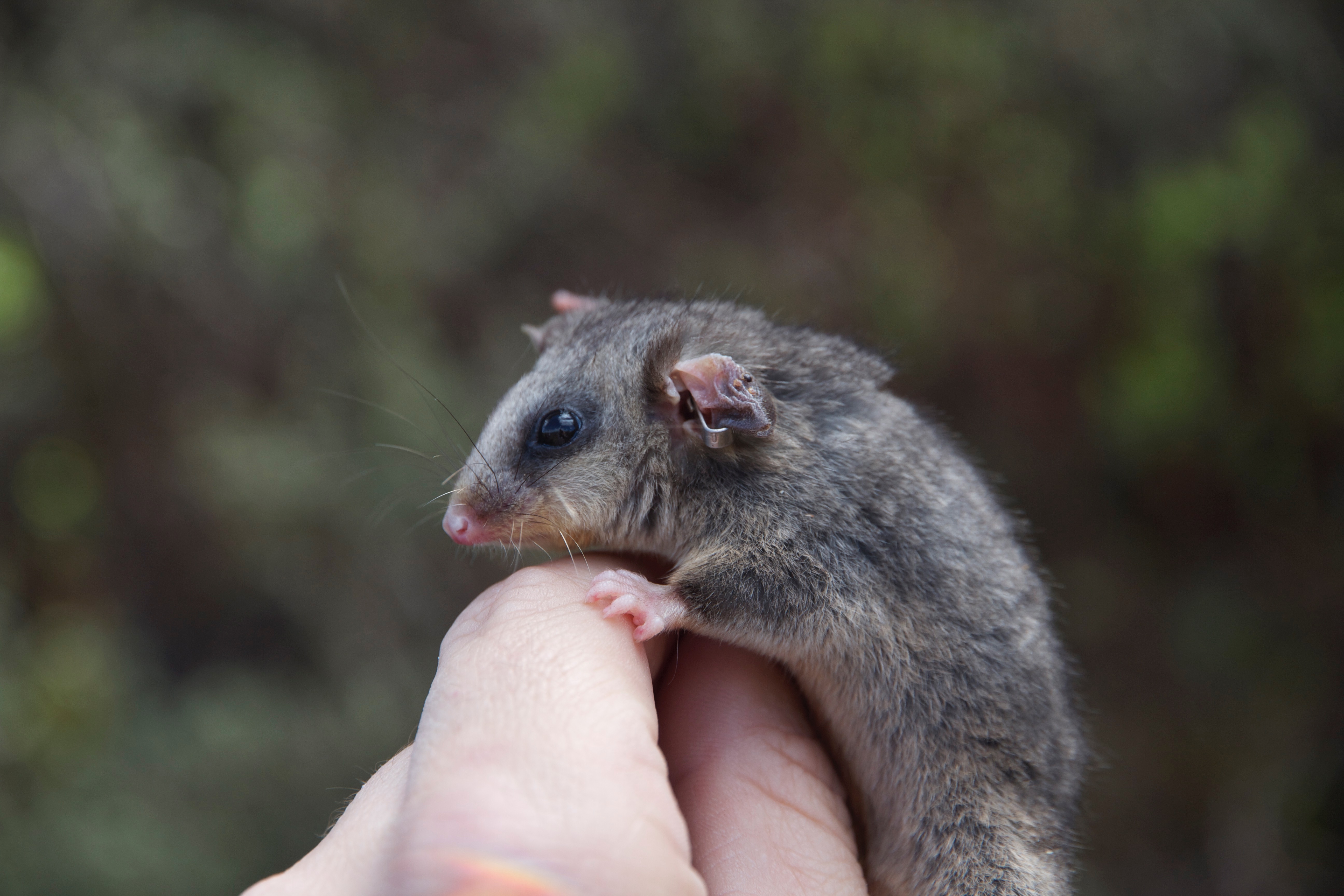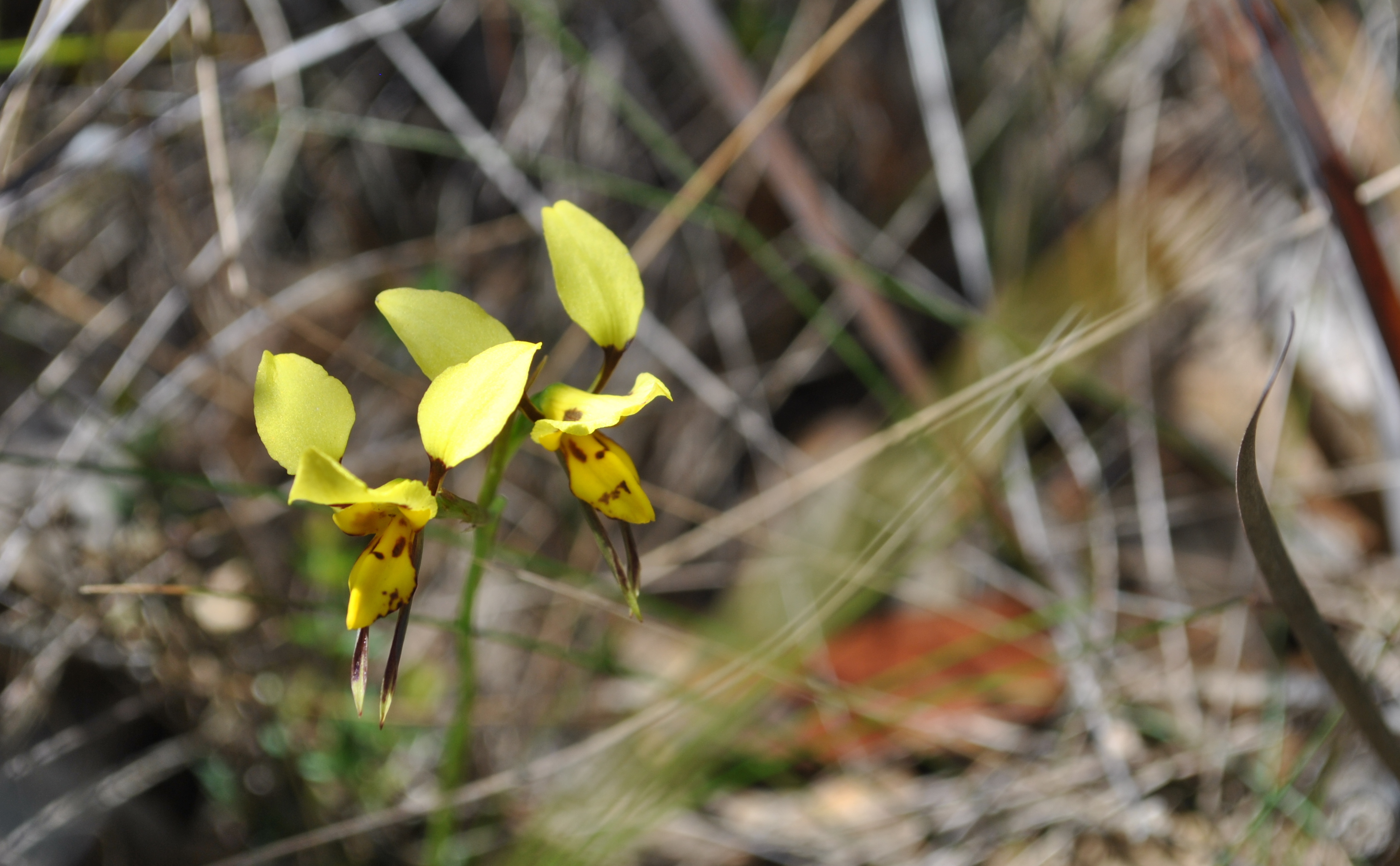
Environment
On the DNA trail of the platypus

Evidence of the impact of climate change on our country’s distinct flora and fauna is beginning to emerge, and we’re running out of time to record and preserve our extraordinary biodiversity
Published 22 November 2018
How do we monitor the impacts of climate change on Australia’s terrestrial ecosystems?
It’s a complex issue. This is mainly because of how variable the climate can be on land, as well as the unpredictability of extreme events like drought, fire and flooding, which typically reoccur at decade scales. These extreme events are expected to have the largest impacts on our terrestrial biodiversity.

As a result, detecting any climate-driven changes in the frequency and intensity of these extreme events needs sets of data that only come from decades of long-term monitoring. While this long-term monitoring is critical for ensuring the endurance of species and communities into the future, there are challenges.
For one, it is difficult to fund long-running research like this from research grants, which are typically short – usually three years or so. But then there’s also the need for highly specific expertise for accurate monitoring of animal and plant communities.

Environment
On the DNA trail of the platypus
It’s an issue that has attracted global attention – Sir David Attenborough has joined the call warning that time is running out to record and preserve Australia’s unique biodiversity.
Nevertheless, the evidence is beginning to emerge. Our team, alongside other scientific colleagues, has collated eight case studies of climate change impacts on Australian terrestrial ecosystems, published in the journal Austral Ecology.
Several of these case studies highlight the clear link between recent climate change and its effect on terrestrial biodiversity. While others highlight the uncertainty in climate change impacts and the need to collect more data to better understand the current and future impacts of our changing climate.

One of the simpler case studies involves cushion plants on Antarctic islands.
These plants are ‘ecosystem engineers’, serving a keystone role in their ecosystem. As their habitat becomes drier, these plants, which were once common in the landscape, have become threatened in an extremely short period of time.
They are dying as a consequence of the drier and more variable conditions, as well as other environmental stresses including pathogens.

Environment
Making cities work for every urban dweller
Common eucalypts in Western Australia are also suffering extensive heat damage made worse by protracted drought stress. On the Cumberland Plains near Sydney, damage to eucalypt trees is linked to climate-induced changes in the frequency and severity of insect outbreaks.
The overall impact of these changes could well be a landscape with considerably less tree canopy.
If we move south, climate change is also likely to have a substantial impact on our unique alpine landscapes. Here, a change in the climate is predicted to increase the shrubification – the increased cover, abundance or biomass of shrubs. This would come at the expense of our iconic alpine herbfields and grasslands.
Additionally, an increase in shrubs, coupled with warmer, drier conditions, is expected to increase the frequency and severity of large-scale fires. These fires have not only decimated some populations of Alpine Ash and Snow Gum, but are also expected to further worsen the shrub thickening problem, which in turn exacerbates that reduction in alpine herbfields and grasslands.

Meanwhile, animal populations are also being severely affected by recent changes in climate.
In Queensland’s World Heritage rainforests, two ringtail possum species and 28 species of birds have moved to higher elevations in the effort to try and escape warmer temperatures. As a result of this migration, some of these species now occupy a fraction of their former area, which in turn has led to a decrease in population sizes.

Sciences & Technology
Grasshoppers: The new poster bug for insect conservation
In the wet tropics, a particularly alarming trend is the decline in species that are highly specialised to their environment, that are being replaced by more common generalist species.
Some animals are interdependent on others for survival. So what happens to one species in one environment can depend on what occurs hundreds of kilometres away in a totally different environment.
For example, the Mountain Pygmy-possum is dependent on the annual migration of Bogong Moths – its main food source – which emerge hundreds of kilometres north of the possum’s alpine range. But changing climate conditions and modern farming practices are leading to a sharp decline in moth numbers, which has dire consequences for the survival of the possums over winter.

Changes in a species’ composition are not the only impact of climate change.
Within several bird species, both average body mass and structural body size is changing over successive generations in complex ways. A small structural body size is associated in some species with a reduced ability to withstand prolonged heat stress.

Sciences & Technology
The invisible colours protecting birds from overheating
In some species, the size of the bird’s bill is also changing, which is affecting the ability of birds to undertake heat exchange. These physiological changes are hallmarks of adaptive processes – selection changing the form, shape, or structure of a species to persist under climate change.
Another example of an adaptive process taking place now is the changes in the timing of reproduction to more favourable periods. But detecting changes like this typically requires an extensive research effort over many years.
In orchids, there is some evidence that timing of flowering is shifting in response to warming temperatures. But this is leading to a mismatch with the flowers’ pollinators, who are falling out of sync with the flowers.
The effect is that fewer orchids are able to reproduce, and for some highly-specialised pollinators, it also means a reduction in available food.
But there are steps being taken to find out more. An army of volunteers has been mobilised to measure changes in the timing of flowering in much more detail.

Monitoring and understanding the effects of climate change on biodiversity is only the first step in forecasting and adapting natural environments to global change. There are many important questions that need to be considered by both land managers and communities to help minimise the damage of climate change.
For example, if a species is expected to become locally extinct due to changes in climate, at what stage should we consider translocating it to areas of higher suitability?

Sciences & Technology
3D scanning reveals new (but extinct) star fish
Should more tolerant species be translocated to areas where a species is expected to become locally extinct in order to maintain critical ecological and economic functions of the environment, like timber production, pollination, carbon capture, microclimate effects, and soil erosion control?
Should we focus our attention on improving a species’ resilience to climate change? Should we focus efforts on identifying climate refuges and prioritise these areas for land acquisition?
These are big questions. And there’re a lot of them. But if we don’t act now, it may be too late. Some trees and large animals have very slow generation times lasting several decades and, for them, the timing is critical.
There are no simple answers, but if we take early action and commit to detailed monitoring of areas where these changes are happening, we will no doubt make mistakes, but we could also learn important lessons for the future of our unique ecosystems.
Banner Image: Getty Images